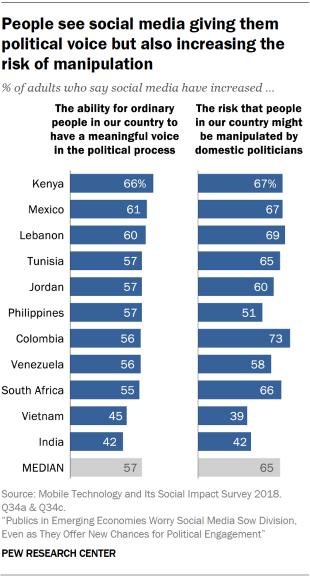Paper by Joy Aceron: “… explains why and how a reform program that opened up spaces for participatory budgeting was ultimately unable to result in pro-citizen power shifts that transformed governance. The study reviews the design and implementation of Bottom-Up Budgeting (BuB), the nationwide participatory budgeting (PB) program in the Philippines, which ran from 2012 to 2016 under the Benigno Aquino government. The findings underscore the importance of institutional design to participatory governance reforms. BuB’s goal was to transform local government by providing more space for civil society organizations (CSOs) to co-identify projects with the government and to take part in the budgeting process, but it did not strengthen CSO or grassroots capacity to hold their Local Government Units (LGUs) accountable.
The BuB design had features that delivered positive gains towards citizen empowerment, including: (1) providing equal seats for CSOs in the Local Poverty Reduction Action Team (LPRAT), which are formally mandated to select proposed projects (in contrast to the pre-existing Local Development Councils (LDCs), which have only 25 percent CSO representation); (2) CSOs identified their LPRAT representatives themselves (as opposed to local chief executives choosing CSO representatives, as in the LDCs); and (3) LGUs were mandated to follow participatory requirements to receive additional funding. However, several aspects of the institutional design shifted power from local governments to the central government. This had a “centralizing effect”…
This study argues that because of these design problems, BuB fell short in achieving its main political reform agenda of empowering the grassroots—particularly in enabling downward accountability that could have enabled lasting pro-citizen power shifts. It did not empower local civil society and citizens to become a countervailing force vis-à-vis local politicians in fiscal governance. BuB is a case of a reform that provided a procedural mechanism for civil society input into national agency decisions but was unable to improve government responsiveness. It provided civil society with ‘voice’, but was constrained in enabling ‘teeth’. Jonathan Fox (2014) refers to “voice” as citizen inputs, feedback and action, while “teeth” refer to the capacity of the state to respond to voice.
Finally, the paper echoes the results of other studies which find that PB programs become successful when complemented by other institutional and state democratic capacity-building reforms and when they are part of a broader progressive change agenda. The BuB experience suggests that to bolster citizen oversight, it is essential to invest sufficient support and resources in citizen empowerment and in creating an enabling environment for citizen oversight….(More)”.

